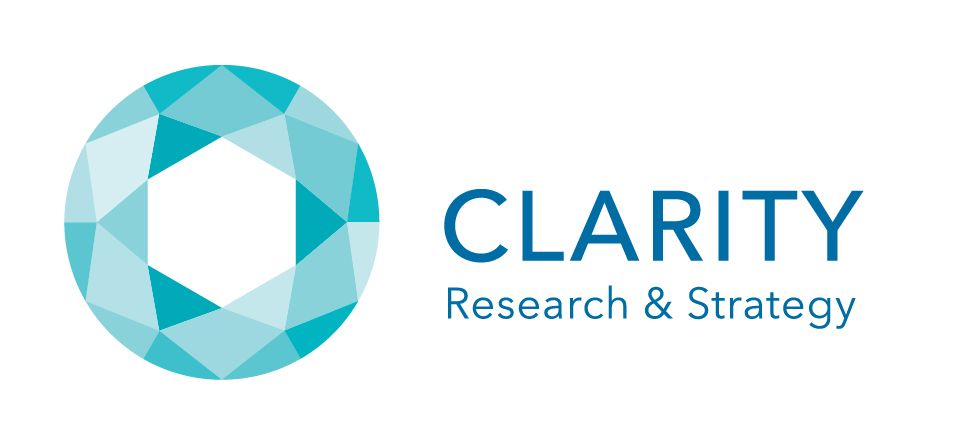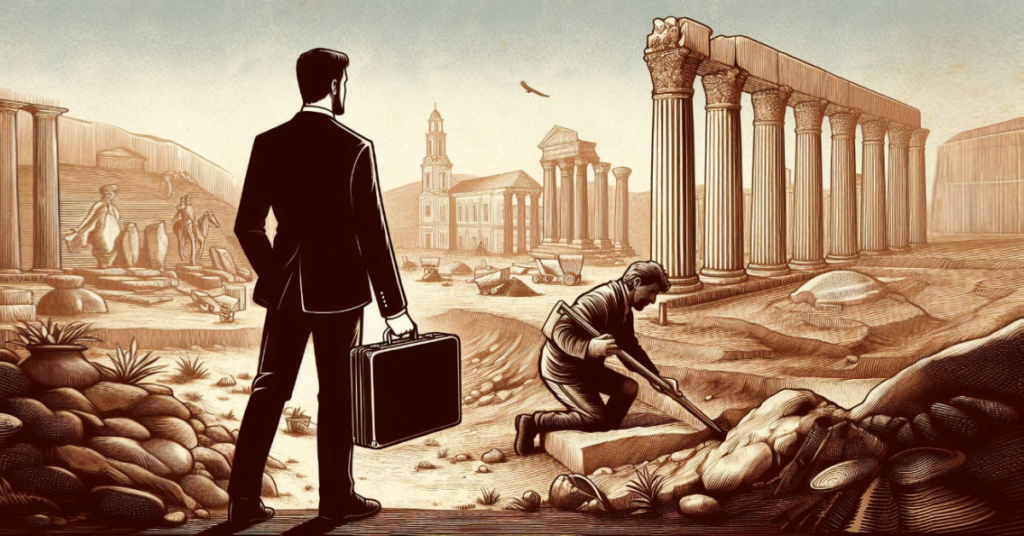Often business opportunities lie beneath the surface, just waiting to be discovered. Much like an archaeologist who painstakingly excavates ancient ruins to uncover hidden treasures, a marketer must delve into the market landscape to unearth these latent business opportunities. This process, akin to archaeology, involves observation, excavation, and evaluation.
Surveying the Landscape: Market Observation
An archaeologist begins by surveying the landscape, looking for signs that indicate a site may hold historical value. Similarly, the first step in finding business opportunities is to observe the market landscape meticulously.
This observation involves:
- Studying market trends
- Understanding customer behavior
- Analyzing competitors,
- Staying abreast of technological advances.
It’s about looking for signs that point towards things like:
- Unmet needs
- Underserved segment
- A new trend
- Potential product improvement
Digging Deeper into Customer Behavior: Excavation
Once an archaeologist identifies a promising site, they start excavating, layer by layer, to reveal what’s hidden beneath. In business terms, once you’ve spotted a potential opportunity, it’s time to dig deeper.
This process involves conducting objective-driven market research, engaging with potential customers, prototyping, or running pilot tests. Bottom line: it demands engagement with customers. The goal is to gain a deeper understanding of the opportunity and its potential implications. Remember, just as an archaeologist uses precise tools to avoid damaging artifacts, we must use the right research methods to accurately understand the opportunity.
Assessing the Findings: Evaluation
After the excavation, an archaeologist carefully assesses the artifacts, determining their historical significance and value. Likewise, once you’ve gathered data about the business opportunity, it’s time for evaluation.
This evaluation should consider various factors, including the size of the opportunity, the potential return on investment, the resources required, and the alignment with your business’s strategic goals. Just as an archaeologist may consult with experts to evaluate their findings, a businessperson may need to engage with strategists and/or industry experts during this stage.
Leveraging New Opportunities: Preservation and Presentation
Finally, an archaeologist ensures their discoveries are preserved and presented in a way that allows others to appreciate their value. Similarly, once a business opportunity has been validated, it’s time to leverage it.
This might involve developing a business plan, securing funding, assembling a team, launching a product or service, or rolling out a marketing campaign. The goal is to translate the opportunity into tangible business results, just as an archaeologist’s discovery is shared to contribute to historical knowledge.
Unearthed Opportunities: Transform the Landscape
The journey of uncovering business opportunities is much like an archaeological expedition. It requires patience, meticulous observation, careful excavation, thorough evaluation, and strategic action. And just as archaeological discoveries can change our understanding of history, so can unearthing business opportunities transform the landscape of a market and the trajectory of a business. So, equip yourself with the tools of an archaeologist, and start unearthing the opportunities that await in your business landscape and beneath it.
Want to Learn More About Unearthing Business Opportunities?
- Let’s talk about Insight Roadmaps: Contact Us
- Read our Amazon bestseller Three Wise Monkeys: How Creating a Culture of Clarity Creates Transformative Success






